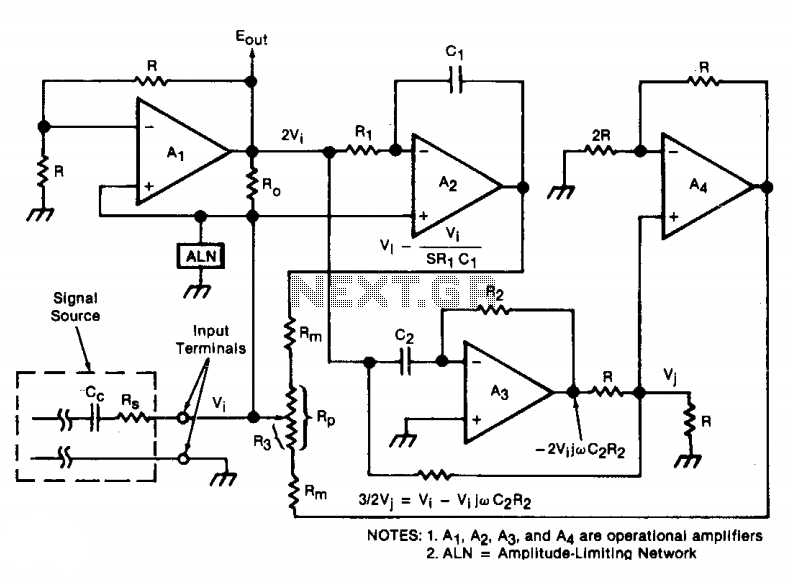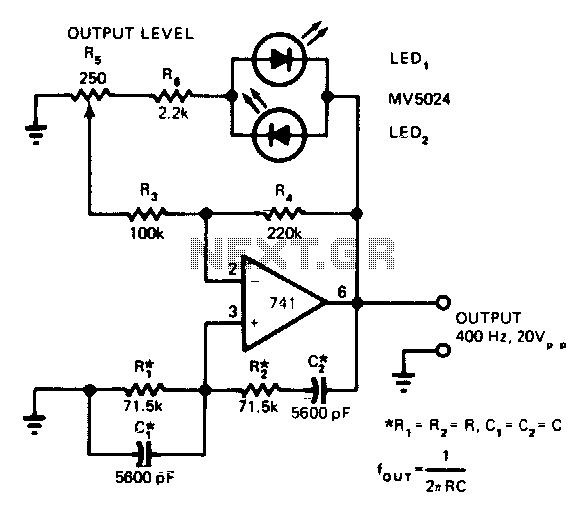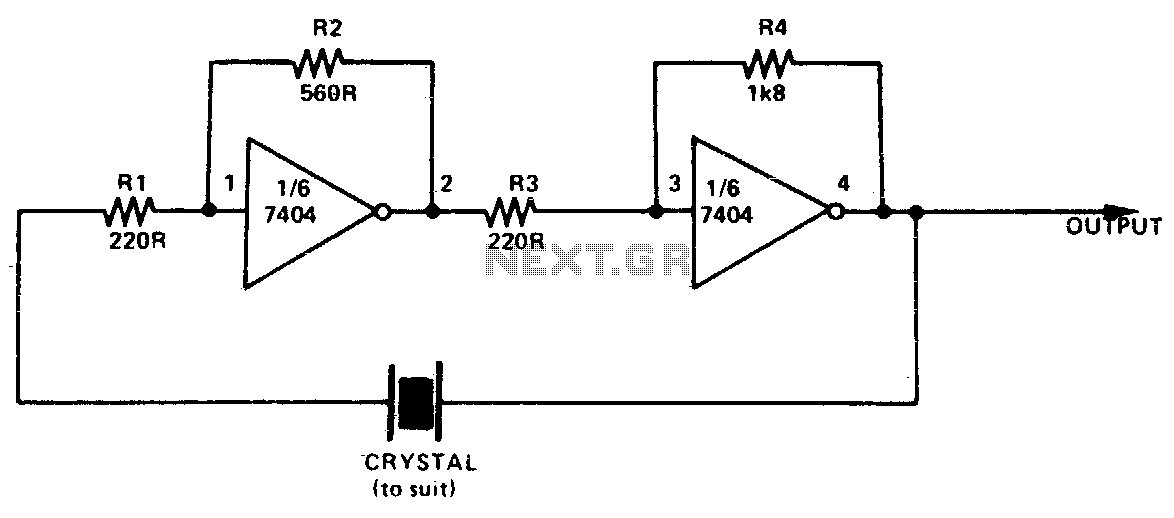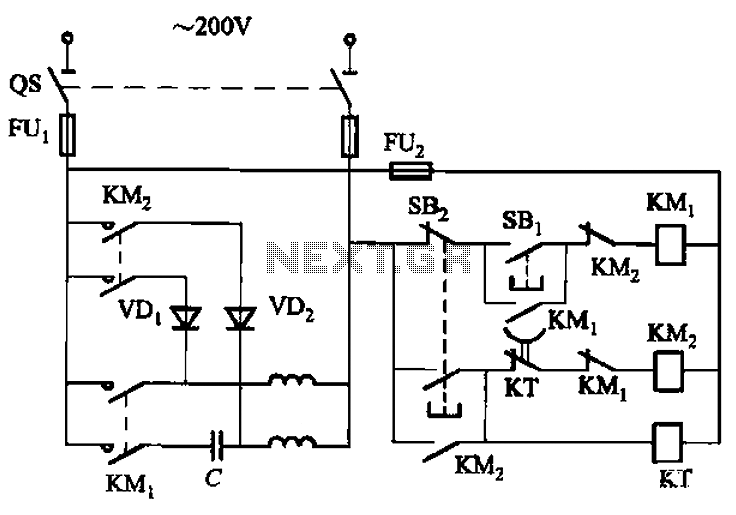
Oscillator circuits
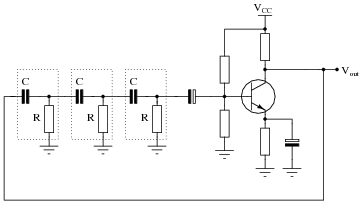
For successful circuit-building exercises, follow these steps: Measure and record all component values before constructing the circuit, selecting resistor values that are sufficiently high to minimize the risk of damaging any active components. In case of significant errors (greater than a few percent), verify the circuit's construction against the diagram and recalculate the values as needed. When students are learning about semiconductor devices, they are more likely to damage them through improper connections. It is advisable for them to experiment with large, high-wattage components (such as 1N4001 rectifying diodes and TO-220 or TO-3 case power transistors) and to use dry-cell battery power sources instead of benchtop power supplies to reduce the likelihood of component damage. It is also important to avoid very high and very low resistor values to prevent measurement errors due to meter loading (on the high end) and to avoid transistor burnout (on the low end). Resistors in the range of 1 kΩ to 100 kΩ are recommended. To save time and reduce errors, it is beneficial to start with a simple circuit and gradually add components to increase its complexity after each analysis, rather than constructing a new circuit for each practice problem. Reusing the same components in various configurations can also save time, as it eliminates the need to measure component values multiple times. Students typically require extensive practice with circuit analysis to achieve proficiency, which is why instructors often provide numerous practice problems along with answers for self-checking. While this method enhances theoretical knowledge, students also need hands-on experience building circuits and using test equipment. An alternative approach is to have students create their own practice problems with actual components and attempt to mathematically predict the voltage and current values. This method helps to bring mathematical theory to life and fosters practical proficiency beyond mere equation solving. Moreover, it teaches the scientific method by allowing students to test hypotheses through real experiments, while also developing troubleshooting skills as they navigate construction errors. Instructors should take time to review essential circuit-building rules with their students before starting. Engaging students in a Socratic manner during these discussions can be more effective than traditional lecture formats, which often lead to misunderstandings.
For instructors concerned about the time spent on hands-on circuit building instead of theoretical analysis, it is important to recognize that students preparing to work with real circuits should learn through practical experience whenever possible. This approach is crucial for developing the skills needed in real-world applications, as opposed to solely focusing on abstract theoretical analysis.For successful circuit-building exercises, follow these steps: Carefully measure and record all component values prior to circuit construction, choosing resistor values high enough to make damage to any active components unlikely. If there are any substantial errors (greater than a few percent), carefully check your circuit`s construction against the diagram, then carefully re-calculate
the values and re-measure. When students are first learning about semiconductor devices, and are most likely to damage them by making improper connections in their circuits, I recommend they experiment with large, high-wattage components (1N4001 rectifying diodes, TO-220 or TO-3 case power transistors, etc. ), and using dry-cell battery power sources rather than a benchtop power supply. This decreases the likelihood of component damage. As usual, avoid very high and very low resistor values, to avoid measurement errors caused by meter "loading" (on the high end) and to avoid transistor burnout (on the low end).
I recommend resistors between 1 kW and 100 kW. One way you can save time and reduce the possibility of error is to begin with a very simple circuit and incrementally add components to increase its complexity after each analysis, rather than building a whole new circuit for each practice problem. Another time-saving technique is to re-use the same components in a variety of different circuit configurations.
This way, you won`t have to measure any component`s value more than once. It has been my experience that students require much practice with circuit analysis to become proficient. To this end, instructors usually provide their students with lots of practice problems to work through, and provide answers for students to check their work against.
While this approach makes students proficient in circuit theory, it fails to fully educate them. Students don`t just need mathematical practice. They also need real, hands-on practice building circuits and using test equipment. So, I suggest the following alternative approach: students should build their own "practice problems" with real components, and try to mathematically predict the various voltage and current values. This way, the mathematical theory "comes alive, " and students gain practical proficiency they wouldn`t gain merely by solving equations.
Another reason for following this method of practice is to teach students scientific method: the process of testing a hypothesis (in this case, mathematical predictions) by performing a real experiment. Students will also develop real troubleshooting skills as they occasionally make circuit construction errors.
Spend a few moments of time with your class to review some of the "rules" for building circuits before they begin. Discuss these issues with your students in the same Socratic manner you would normally discuss the worksheet questions, rather than simply telling them what they should and should not do.
I never cease to be amazed at how poorly students grasp instructions when presented in a typical lecture (instructor monologue) format! A note to those instructors who may complain about the "wasted" time required to have students build real circuits instead of just mathematically analyzing theoretical circuits: If your students will be working with real circuits, then they should learn on real circuits whenever possible.
If your goal is to educate theoretical physicists, then stick with abstract analysis, by all means! But most of us plan 🔗 External reference
For instructors concerned about the time spent on hands-on circuit building instead of theoretical analysis, it is important to recognize that students preparing to work with real circuits should learn through practical experience whenever possible. This approach is crucial for developing the skills needed in real-world applications, as opposed to solely focusing on abstract theoretical analysis.For successful circuit-building exercises, follow these steps: Carefully measure and record all component values prior to circuit construction, choosing resistor values high enough to make damage to any active components unlikely. If there are any substantial errors (greater than a few percent), carefully check your circuit`s construction against the diagram, then carefully re-calculate
the values and re-measure. When students are first learning about semiconductor devices, and are most likely to damage them by making improper connections in their circuits, I recommend they experiment with large, high-wattage components (1N4001 rectifying diodes, TO-220 or TO-3 case power transistors, etc. ), and using dry-cell battery power sources rather than a benchtop power supply. This decreases the likelihood of component damage. As usual, avoid very high and very low resistor values, to avoid measurement errors caused by meter "loading" (on the high end) and to avoid transistor burnout (on the low end).
I recommend resistors between 1 kW and 100 kW. One way you can save time and reduce the possibility of error is to begin with a very simple circuit and incrementally add components to increase its complexity after each analysis, rather than building a whole new circuit for each practice problem. Another time-saving technique is to re-use the same components in a variety of different circuit configurations.
This way, you won`t have to measure any component`s value more than once. It has been my experience that students require much practice with circuit analysis to become proficient. To this end, instructors usually provide their students with lots of practice problems to work through, and provide answers for students to check their work against.
While this approach makes students proficient in circuit theory, it fails to fully educate them. Students don`t just need mathematical practice. They also need real, hands-on practice building circuits and using test equipment. So, I suggest the following alternative approach: students should build their own "practice problems" with real components, and try to mathematically predict the various voltage and current values. This way, the mathematical theory "comes alive, " and students gain practical proficiency they wouldn`t gain merely by solving equations.
Another reason for following this method of practice is to teach students scientific method: the process of testing a hypothesis (in this case, mathematical predictions) by performing a real experiment. Students will also develop real troubleshooting skills as they occasionally make circuit construction errors.
Spend a few moments of time with your class to review some of the "rules" for building circuits before they begin. Discuss these issues with your students in the same Socratic manner you would normally discuss the worksheet questions, rather than simply telling them what they should and should not do.
I never cease to be amazed at how poorly students grasp instructions when presented in a typical lecture (instructor monologue) format! A note to those instructors who may complain about the "wasted" time required to have students build real circuits instead of just mathematically analyzing theoretical circuits: If your students will be working with real circuits, then they should learn on real circuits whenever possible.
If your goal is to educate theoretical physicists, then stick with abstract analysis, by all means! But most of us plan 🔗 External reference
